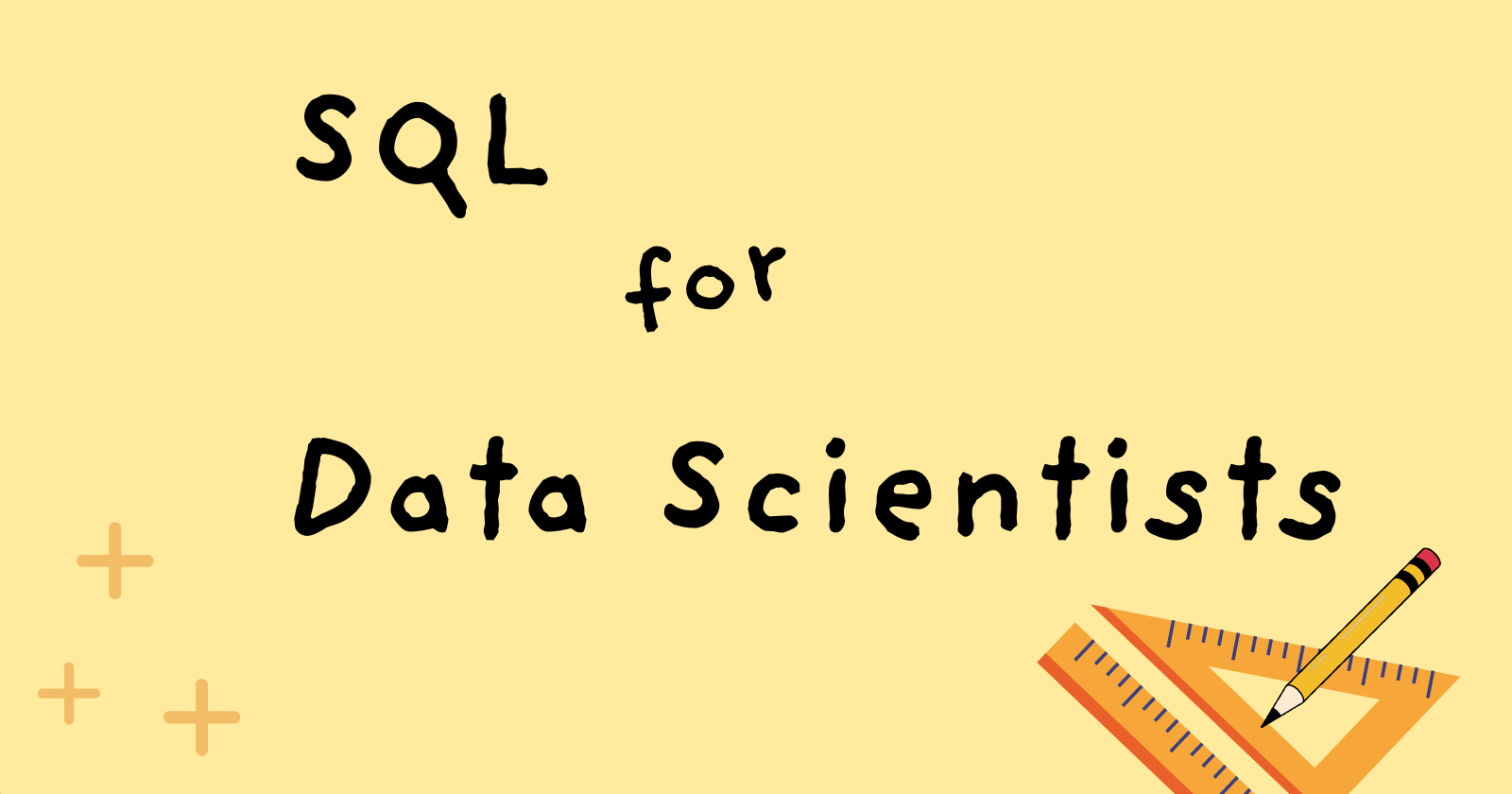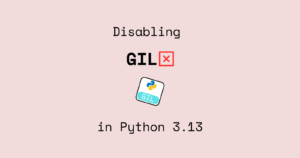If you are applying for data science roles, it is essential to have a solid understanding of key SQL topics and concepts.
Data retrieval and manipulation are critical skills for both Data Scientists and Data Analysts, as they form the foundation for effective data analysis.
Below are the SQL topics and concepts, prioritized from highest to lowest, that a data scientist should be proficient in.
1. SQL Querying
A strong foundation in SQL is crucial for data scientists, as it forms the basis for building efficient and effective data analysis processes. Proficiency in basic SQL querying, along with the ability to write complex yet readable and manageable queries, is essential. If you’re not familiar with constructing queries or using the right commands, you risk facing constant challenges in your data tasks.
2. SQL Joins
SQL joins are a crucial concept for data scientists. In real-world scenarios, you rarely work with data from a single table. Instead, databases contain data from multiple sources, fields, or departments – often spread across different tables. These datasets contribute to various aspects of business growth, and as a data scientist, you need to combine and analyze them effectively.
For instance, if your organization is in the book business, you might have separate tables for members, books, orders, and more. To provide comprehensive insights or create a case study for your organization, you must understand how to join these tables and extract meaningful, relevant data.
3. CTE (Common Table Expressions)
You will need CTE (Common Table Expressions) to simplify complicated queries such as nested/subqueries, multiple joins, or aggregations.
CTEs are used when you don’t want to complicate things during data retrieval. This will help you break down complex queries into smaller queries that are more readable and manageable and your queries will look more structured.
Recursive CTE
Another form of CTE, recursive CTE is useful when you need to explore or traverse relationships between data, particularly when dealing with hierarchical structures or recursive relationships.
For instance, if a company has data about their employees and wants to know which manager each employee reports to, you can use a recursive CTE to find the relationships between managers and their subordinates.
Another example could involve sales data where different products belong to multiple categories in a hierarchical structure. You can use recursive CTEs to explore how these product categories are related, for example, by traversing from top-level categories down to subcategories.
4. Window Functions
Window functions play a crucial role in SQL. They allow you to perform a wide range of tasks, from data partitioning to time-series analysis, without altering the original structure of the data.
With window functions, you can carry out complex calculations, comparative analysis, and analyze data across rows, helping to derive meaningful insights while preserving row-level details.
5. Conditionals
Conditional expressions are useful they enable dynamic and flexible querying, data transformation, and feature engineering.
These expressions allow you to perform calculations, filter data, or modify values based on specific conditions, which is vital for data analysis, reporting, and preparation of data for machine learning models.
Conditional expressions (like CASE or IF()) allow you to clean, standardize, and transform data based on certain criteria. This is essential when dealing with inconsistent or incomplete data.
6. Aggregate Functions
Aggregate functions are essential for performing mathematical computations and summarizing data across different categories or fields. They allow you to compute metrics like sums, averages, counts, and more, based on specific groups within the data.
7. PL/SQL
While PL/SQL is less commonly used in everyday data science tasks, it’s important to know how to create functions, stored procedures, triggers, and views in SQL.
PL/SQL (Procedural Language/SQL) extends SQL with procedural programming features like loops, conditions, and exception handling, allowing for more complex operations similar to any other programming language.
It is particularly useful for complex data processing, automating data tasks, reusing code, and optimizing query performance, ultimately saving time and resources.
That’s all for now.
Keep Coding✌✌.





